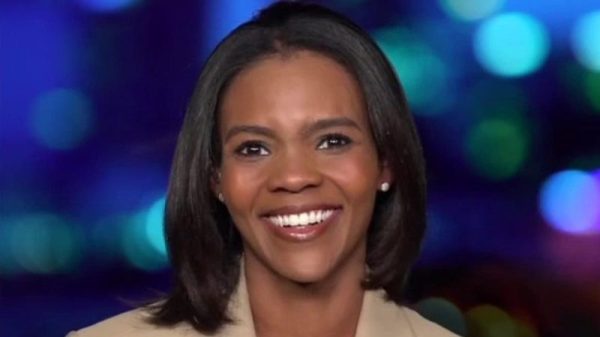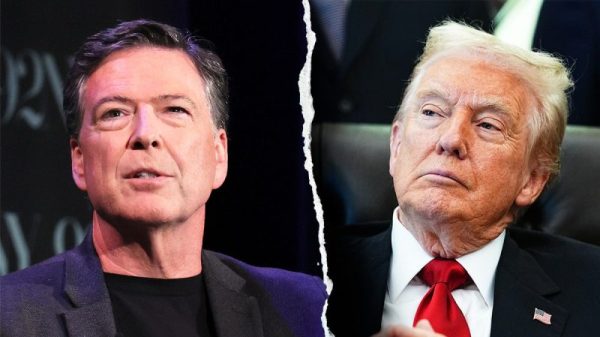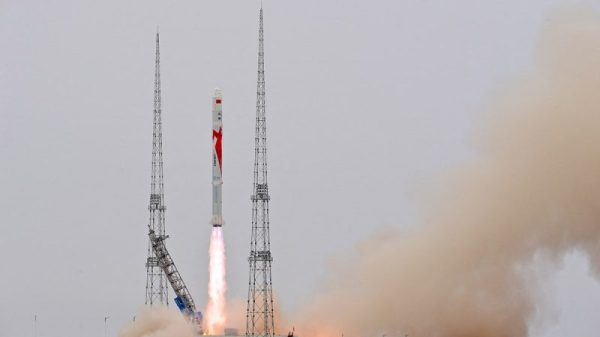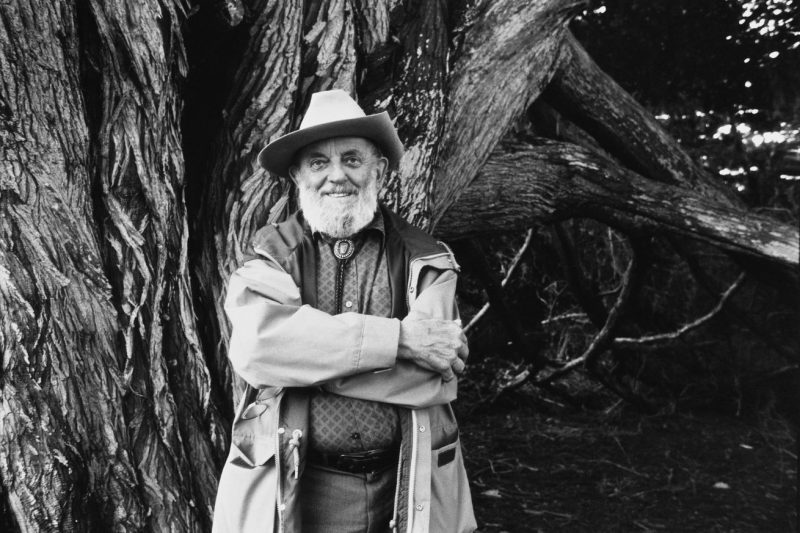In a world where digital technology and artificial intelligence continue to push boundaries, the intersection between art and technology has become increasingly blurred. Adobe, a leading software company known for its creative tools, has recently come under fire for its sale of Ansel Adams-style images created by AI.
Critics argue that by commercializing and selling AI-generated images in the style of legendary photographer Ansel Adams, Adobe is not only profiting off someone else’s artistic style but also devaluing the craft of photography. Ansel Adams, known for his iconic black and white landscapes, meticulously captured images using traditional film and darkroom techniques, emphasizing the importance of craftsmanship, skill, and patience in the art of photography.
The controversy surrounding Adobe’s AI-generated Ansel Adams-style images raises important questions about the intersection of art and technology in the digital age. Can a machine truly replicate the creative vision, emotion, and intention that an artist imbues in their work? Does the use of AI in art production enhance or diminish the value of the final output?
Proponents of AI-generated art argue that technology has the potential to expand creative possibilities and push the boundaries of traditional artistic mediums. AI can analyze vast amounts of data and generate new and innovative visual styles that may not be achievable through conventional means. Additionally, AI tools can be valuable resources for artists looking to explore new techniques, experiment with different styles, or overcome creative blocks.
However, critics caution against the over-reliance on AI in art creation, warning of the potential loss of individual expression, creativity, and human touch in the artistic process. While AI may be able to mimic certain artistic styles or techniques, it lacks the emotional depth, personal experiences, and unique perspective that human artists bring to their work.
The debate over AI-generated art and its impact on the artistic community is likely to continue as technology advances and creative boundaries are redefined. As artists, creators, and consumers, it is essential to critically evaluate the role of AI in art production and consider the implications of its use on the integrity and value of artistic expression. By engaging in thoughtful discussions, sharing diverse perspectives, and fostering creativity and innovation, we can navigate the complex relationship between art and technology in the digital age.






















